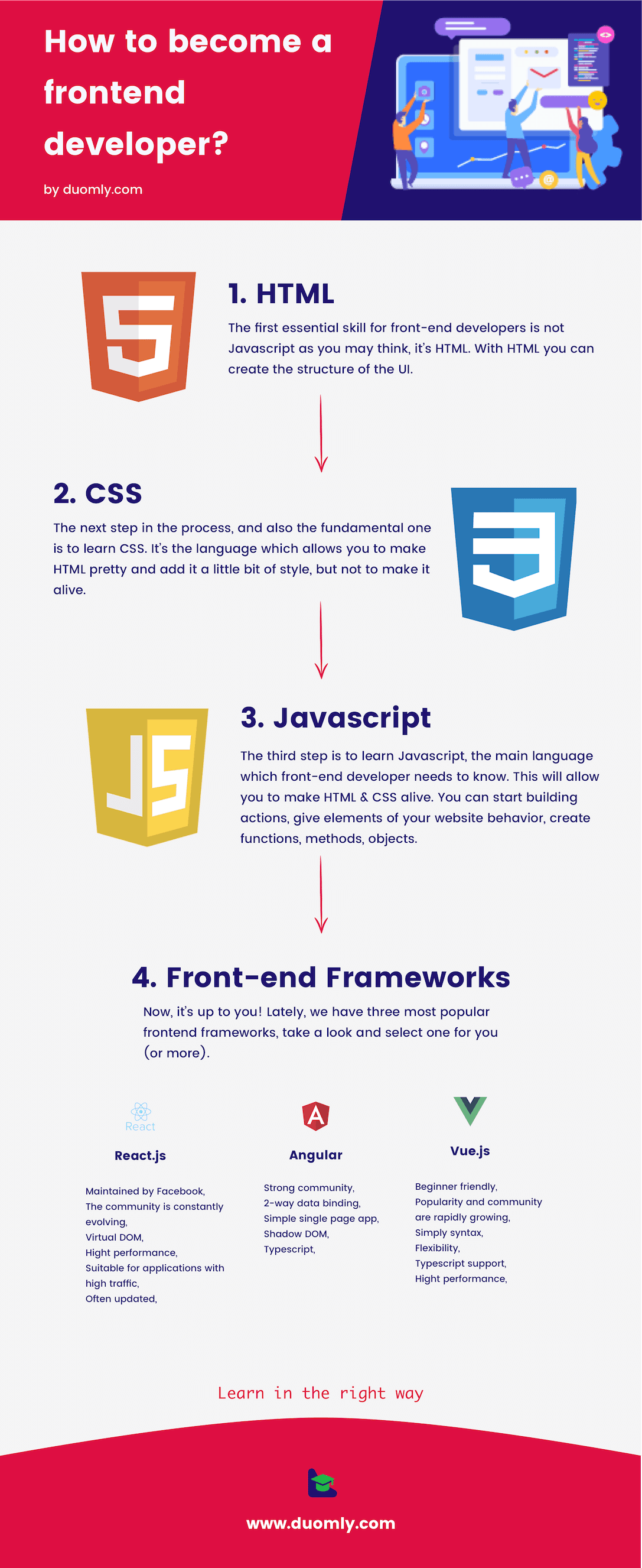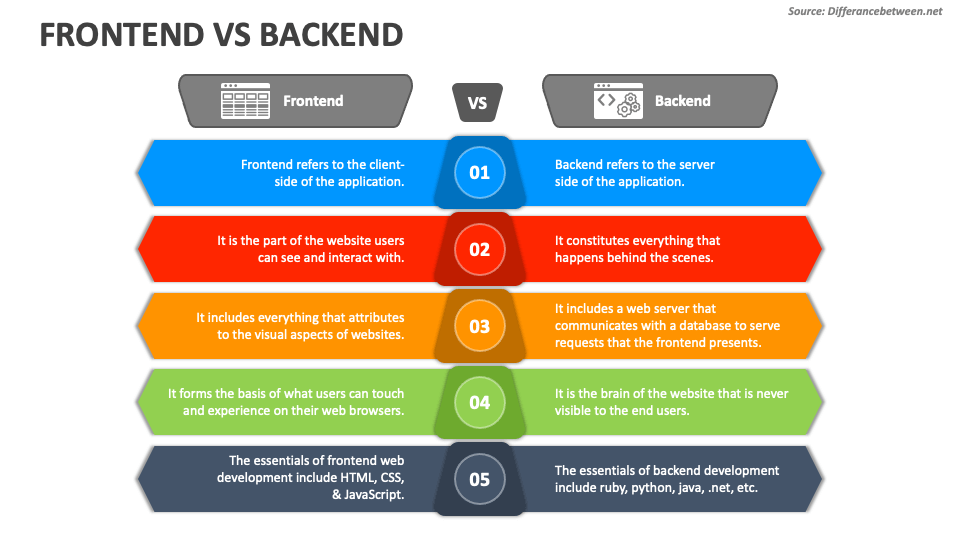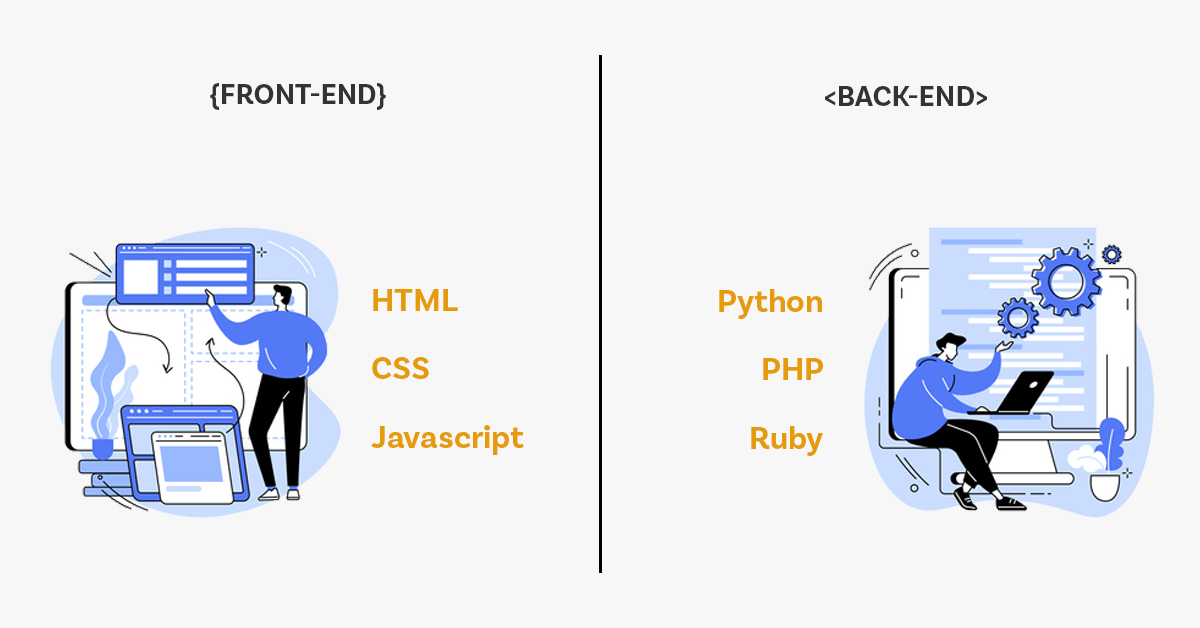How Much Is Front End Simplified

The digital landscape is constantly evolving, and the world of front-end development is no exception. Developers, designers, and businesses alike are grappling with the question: how much simpler is front-end development becoming, and what does this mean for the future of web creation?
This article delves into the perceived simplification of front-end development, examining the factors driving this trend, the tools and technologies facilitating it, and the potential implications for developers and the wider tech industry. This analysis considers the perspective of industry experts and available data.
The Drivers of Simplification
Several factors contribute to the narrative of a simplified front-end development process. The rise of low-code and no-code platforms is a significant driver.
These platforms allow individuals with limited coding experience to create functional websites and applications, abstracting away much of the underlying complexity.
Furthermore, the maturation of JavaScript frameworks and libraries like React, Angular, and Vue.js has streamlined development workflows.
These tools provide reusable components, pre-built functionality, and standardized architectures, reducing the amount of code developers need to write from scratch.
The abundance of online resources, tutorials, and communities has also democratized access to front-end development knowledge. Platforms like MDN Web Docs and Stack Overflow offer extensive documentation and solutions to common development challenges.
Tools and Technologies Enabling Simplicity
Beyond frameworks, several technologies contribute to a more streamlined front-end experience. Component libraries like Material UI and Ant Design provide pre-designed UI elements that can be easily integrated into projects.
These libraries ensure consistency and reduce the need for developers to write custom CSS from scratch. Headless CMS solutions separate the content management from the presentation layer.
This architecture allows developers to focus on building front-end experiences using their preferred technologies, without being constrained by the limitations of a traditional CMS.
Static site generators (SSGs) like Gatsby and Next.js have also gained popularity. SSGs pre-render web pages at build time, resulting in faster loading times and improved SEO.
They also simplify deployment by generating static HTML files that can be hosted on any web server.
Is Front-End Development Truly Simpler?
While the tools and technologies available have undoubtedly made certain aspects of front-end development easier, the question of whether it is truly simpler is complex.
The rise of sophisticated web applications with complex interactions and data requirements has increased the overall complexity of front-end development.
Developers now need to understand concepts like state management, asynchronous programming, and server-side rendering, which were not as prevalent in the past.
Moreover, the constant evolution of the front-end landscape requires developers to continuously learn and adapt to new technologies. The rapid pace of change can be overwhelming for some.
Sarah Drasner, a front-end expert and VP of Engineering at Netlify, notes that while tools have simplified some tasks, the underlying principles remain crucial.
"The tools give you guardrails and make you productive, but if you don’t understand the underlying fundamentals, those guardrails become prisons,” she stated in a recent interview.
Impact and Implications
The perceived simplification of front-end development has several potential implications. It could lead to a lower barrier to entry for aspiring developers, allowing more people to participate in the creation of web experiences.
This could also create opportunities for non-technical individuals to build simple websites and applications without the need for extensive coding knowledge.
However, it is important to note that a superficial understanding of front-end development can lead to poorly designed and insecure applications. A strong foundation in fundamental principles remains essential for building robust and scalable web solutions.
For experienced developers, the focus may shift from writing boilerplate code to architecting complex systems and solving challenging performance problems.
The demand for specialized skills, such as performance optimization and security expertise, may increase as web applications become more sophisticated.
The Future of Front-End Development
Looking ahead, the trend towards simplification is likely to continue. We can expect to see further advancements in low-code and no-code platforms, as well as more sophisticated JavaScript frameworks and libraries.
Artificial intelligence (AI) may play an increasingly important role in automating tasks such as code generation and UI design. This could free up developers to focus on higher-level problem-solving and creative tasks.
The focus will likely shift towards building more personalized and engaging web experiences, leveraging data and analytics to tailor content to individual users.
Accessibility and inclusivity will also remain important considerations, ensuring that web applications are usable by people of all abilities.
Conclusion
While the tools and technologies available have made certain aspects of front-end development easier, it is not necessarily simpler overall.
The complexity of modern web applications requires developers to possess a deep understanding of fundamental principles and specialized skills. The future of front-end development will likely involve a combination of automated tools and human expertise, working together to create innovative and engaging web experiences.

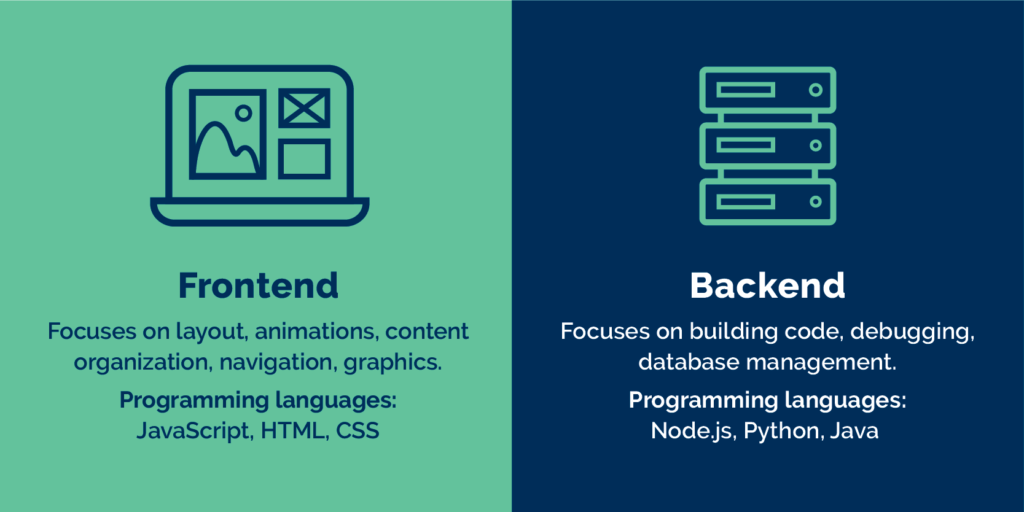





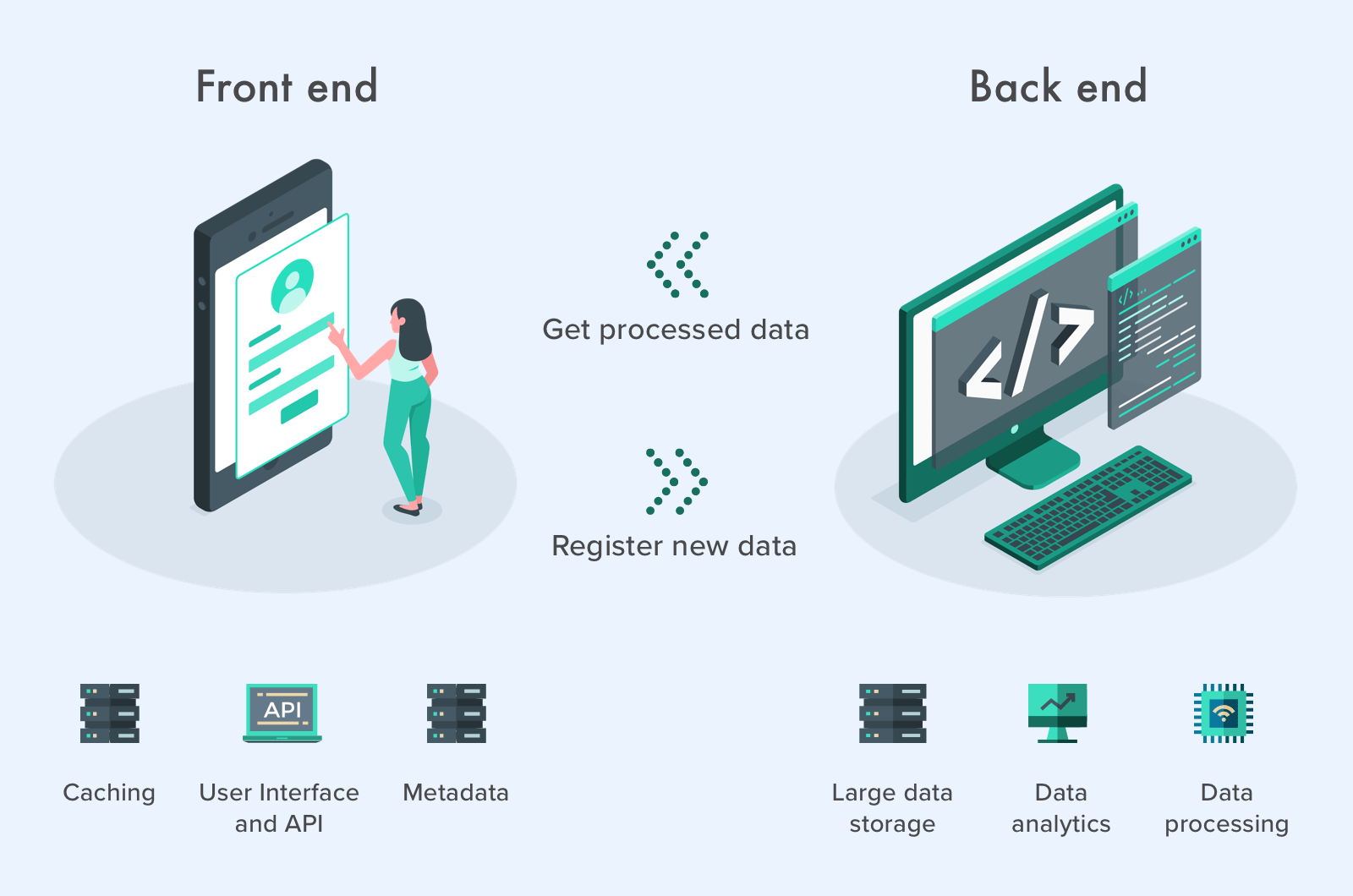

![How Much Is Front End Simplified Top Front End Technologies You Must Know [2024] - InterviewBit](https://www.interviewbit.com/blog/wp-content/uploads/2022/05/image1.png)
